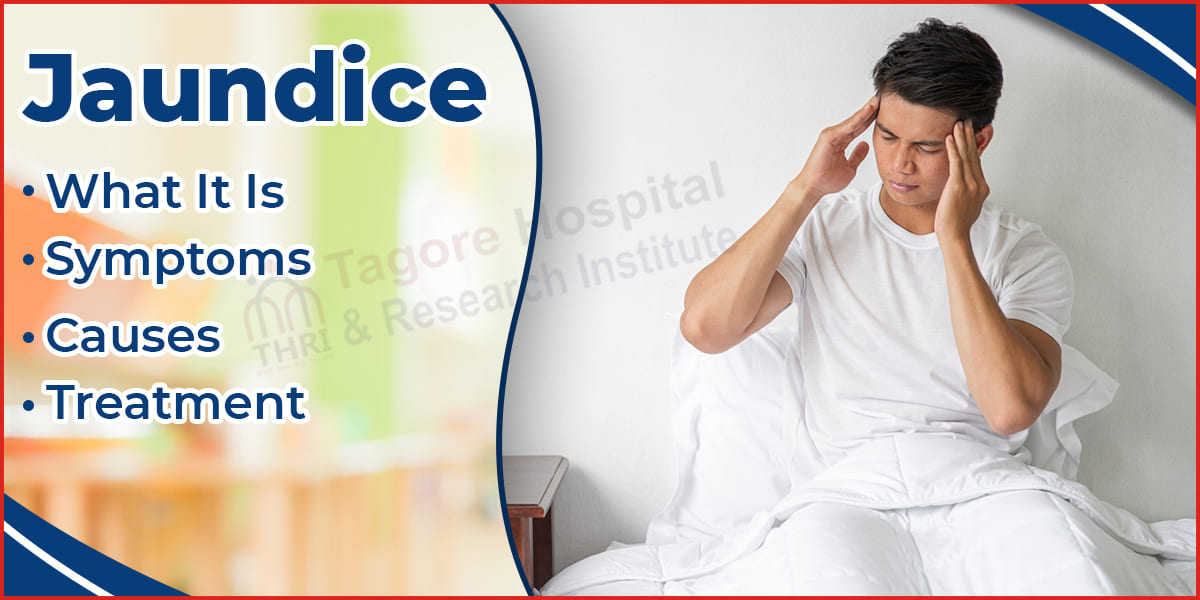- By THRI admin
- Posted October 28, 2022
What is Binge Eating?
There have been times when people have overate, especially during special occasions or holidays. There are differences between binge eating disorder and other eating disorders.
The feeling of being unable to stop is overwhelming, even if you are already uncomfortably full. Even if you are not hungry, you can eat a lot quickly. It makes you feel ashamed. Unlike bulimia, a binge does not involve vomiting, laxative use, or excessive exercise.
Treatment can help you overcome that feeling of being out of control. It's important to talk to someone with experience treating people with eating disorders (such as a psychologist or psychiatrist). There are some people who benefit from taking medication as well.
It is also helpful to receive emotional support from family and friends. Changing your mindset about food is easier with their support. Overeating during periods of binge eating is a symptom of binge eating disorder. When depression or anxiety are present, it often occurs as a result of mental health conditions.
Symptoms of Binge Eating:
Binge-eating disorder is most commonly associated with overweight or obesity, but a normal weight may also be associated with it. There are a number of behavioral and emotional signs and symptoms associated with binge-eating disorder, including:
- Eating a disproportionately large amount of food in a short period of time, like over two hours
- You believe your eating habits are out of control.
- The act of eating despite being full or not feeling hungry
- Eating quickly when having a binge
- Eating until you're sated but not satisfied
- Eating alone or covertly a lot
- Feeling down about your eating, disgusted, humiliated, guilty, or upset
- Dieting, which is possibly not seeing any weight reduction
Unlike someone with bulimia, after bingeing you do not regularly compensate for calories consumed by vomiting, laxative use, or excessive exercise. There are several ways to lose weight, including dieting and eating normal meals. The problem with restricting your diet is that it may only lead to binge eating in the future.
When a binge-eating episode occurs several times a week, a binge-eating disorder is considered severe.
Types of Binge Eating:
Each eating disorder has its own unique symptoms and diagnosis criteria, but they all involve extreme food and weight issues. The following are six common eating disorders and their symptoms.
1. Anorexia nervosa
People who have anorexia nervosa severely restrict their caloric intake and sometimes even starve themselves. Any size body can develop anorexia. It is characterised by an obsession with weight loss and a refusal to consume the recommended amounts of food for your body type and level of activity.
2. Bulimia nervosa
Bulimia nervosa sufferers binge or overeat, or believe they did, during a short period of time. After that, they might force themselves to get rid of the calories in some other way, like by vomiting, using laxatives, or engaging in excessive exercise.
3. Binge eating disorder (BED)
A person with a binge eating disorder exhibits a loss of control over their eating. They consume a lot of food in a short length of time, or they think they have. However, they don't purge food or burn off calories through exercise after bingeing. Instead, they experience uncomfortable satiety and could battle despair, regret, or guilt.
4. Pica
During the eating disorder known as pica, the person consumes items that are not considered to be foods and do not have any nutritional value. Those suffering from pica crave items such as ice, mud, soil, chalk, soap, paper, hair, fabric, wool, pebbles, laundry detergent, or cornstarch.
Pica can happen to adults, kids, and teenagers. People with intellectual challenges, developmental disorders like autism spectrum disorder, and mental health diseases like schizophrenia are the ones who experience it the most frequently.
5. Rumination disorder
A person who regurgitates food they have digested and swallowed has already digested their food. Once the food has been eaten, it is re-chewd, re-swallowed, or spit out again. Usually, this ruminating starts during the first 30 minutes following a meal.
The condition can affect any age group, including babies, children, and adults. It usually occurs in infants between the ages of 3 and 12 months and usually disappears on its own. In order to address the condition in both children and adults, therapy is frequently required.
6. Other eating disorders
Other less well-known or less frequent eating disorders exist in addition to the these eating disorders listed above. These include:
- Purging disorder. People with purging disorders frequently utilise purging activities to regulate their weight or shape, such as vomiting, laxatives, diuretics, or excessive exercise. They do not, however, binge.
- Night eating syndrome. People who with this syndrome frequently overeat at night, frequently after waking up.
- Other specified feeding or eating disorder (OSFED). This classification includes any other illnesses that resemble eating disorders but do not fall under any of the aforementioned disorders, even if they are not covered by the DSM-5.
Causes of Binge Eating:
Binge eating's precise origins are unknown. Among the potential risk factors are:
- Genetics: A genetic component may play a significant role in binge eating disorder.
- Family history: A member of your immediate family may also suffer from and eating disorder, making you more likely to develop one yourself.
- Other psychological conditions: There are many people suffering from binge eating disorders who are also suffering from depression, anxiety, or substance abuse problems.
- Dieting and body image issues: According to research, those who develop binge eating disorders typically have a poor body image and a history of binge eating and dieting.
- Mental health issues: Those who suffer from binge eating disorder feel like they have no control over what they eat. There may also be a link between depression and problems coping with stress, anxiety, anger, sadness, boredom, or worry.
Binge Eating Diagnosis:
The condition of eating disorders is often kept secret or denied by individuals who suffer from them. The most important thing is to get help early (see 'Where to get help').
Seeing your doctor can help you find the right service for your needs. Diagnosis will be made by a doctor or mental health professional.
A diagnosis of eating disorder can be made based on a variety of evaluations, including:
- Physical examinations: As disordered eating can affect the body, the doctor must ensure the patient is physically healthy before treating them. During the exam, your doctor will likely check your height, weight, blood pressure and vital signs (such as your heart rate, blood pressure, lung function, and temperature). A blood test and a urine test may also be performed.
- Psychological evaluations: An eating disorder or body image issue may be discussed with the person by their doctor or mental health professional. Which habits, beliefs, and behaviors do they have? It may be necessary for them to fill out a questionnaire or to complete a self-assessment.
Complications of Binge Eating:
There are two most lethal psychiatric disorders: eating disorders and opioid use disorders.
It can be detrimental to your health to restrict calories greatly, throw up, or exercise excessively. There are a number of serious problems associated with an untreated eating disorder, including:
- Organ failure and brain damage.
- Osteoporosis and tooth damage.
- Arrhythmia, heart failure and other heart problems.
- Acid reflux (gastroesophageal reflux disease or GERD).
- Gastrointestinal problems.
- Low blood pressure (hypotension).
- Severe dehydration and constipation.
- Stopped menstrual cycles (amenorrhea) and infertility.
- Stroke.
Binge Eating Treatment:
Many people with binge eating disorders feel ashamed and try to hide their problem because they feel ashamed of what they are doing. It's common for close friends and family members to be unaware that these individuals binge eat.
Cognitive therapy and behavioral therapy are both types of individual counseling that focus on changing your thinking. Developing healthy eating attitudes and approaches to coping with difficult situations are included in this book.
Medication
A medication called Lisdexamfetamine (Vyvanse) is approved by the FDA for treating binge eating disorders. It is the first FDA-approved medication to treat binge eating disorder and is also used to treat ADHD.
There are several common side effects, including dry mouth, difficulty sleeping, jitteriness, and increased heart rate. There are also some risks associated with it, such as psychiatric disorders, heart attacks, and strokes.
It may also be helpful to take topiramate (Topamax), an antiseizure pill, but it may have side effects such as memory problems, tingling sensations in fingers and toes, and difficulty speaking.
Nutrition Counseling
A specialist guides you toward reestablishing healthy eating habits and educates you on the importance of a well-balanced diet.
Group and Family Therapy
Support from the family is crucial for the effectiveness of treatment. It makes it easier for your loved ones to support you by helping them understand your eating disorder and how to spot its warning signs and symptoms.
In group therapy, you can talk openly about your feelings and worries with people who have similar experiences and challenges while also receiving support.
Tags






